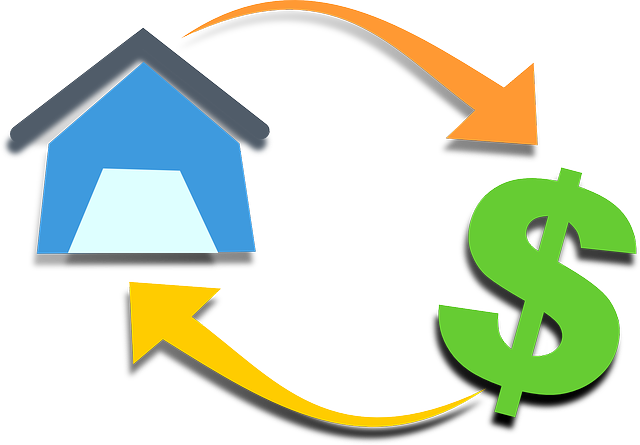
Are you looking to reduce your monthly mortgage payments, get a lower interest rate, convert your home equity into cash, or switch to a fixed-rate loan? Consider refinancing your home loan.
However, before you decide to refinance it’s important to understand how the process works and to evaluate the pros and cons of your individual situation. For example, many homeowners are surprised at the amount of documentation needed to get approved and aren’t aware that there are some refinance options requiring very little paperwork.
Learning the basics of home refinancing—and how it contributes to your goals—will help you decide which mortgage option makes the most sense for you.
Refinancing is the process of replacing an existing mortgage with a new loan. Typically, people refinance their mortgage in order to reduce their monthly payments, lower their interest rate, or change their loan program from an adjustable-rate mortgage to a fixed-rate mortgage. Additionally, some people need access to cash in order to fund home renovation projects or paying off various debts and will leverage the equity in their house to obtain a cash-out refinance.
Regardless of your goal, the actual process of refinancing works much in the same way as when you applied for your first mortgage: you’ll need to take the time to research your loan options, collect the right financial documents and submit a mortgage refinancing application before you can be approved.

There are several reasons to refinance your mortgage. Some of the potential advantages include:

Depending on your goals and financial situation, refinancing may not always be your best option. While refinancing offers a lot of benefits, you’ll also have to weigh the risks.
For example, refinancing your mortgage usually restarts the amortization process. So, if you are five years into paying on a 30-year loan and you decide to take out a new 30-year mortgage, you’ll be making mortgage payments for 35 years. For some homeowners, this is a good plan, but if you’re already, say, 10 or 20 years into your mortgage then the lifetime interest may not be worth the extra costs. In these instances, many homeowners refinance into a shorter-term loan that won’t extend the time they will make mortgage payments, such as a 20 or 15-year mortgage (which oftentimes also offers lower rates than 30-year loans).
Generally, refinancing is a good option if the new interest rate is lower than the interest rate on your current mortgage, and the total savings amount outweighs the cost to refinance. For example, if you have $390,000 remaining on a $400,000 loan at 4.25%, replacing your existing mortgage at 3.75% can earn savings of $162 per month compared to your previous loan.*
Use our mortgage calculators to estimate what your new monthly mortgage payments might be.
*By refinancing your existing loan, your total finance charges may be higher over the life of the loan.